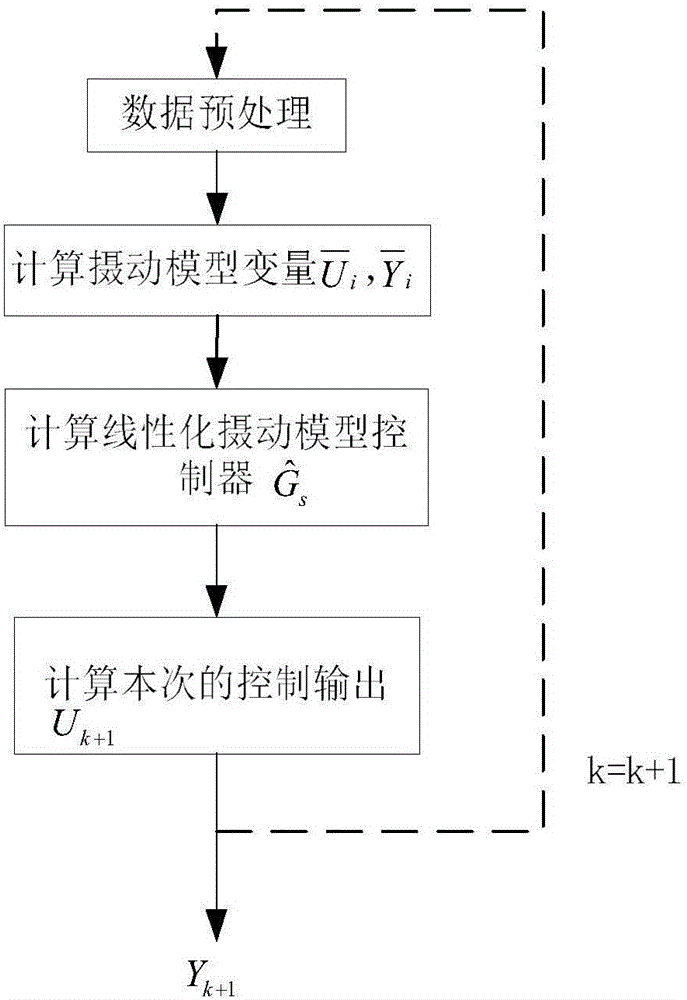A temperature control method for continuous casting slab induction heating process based on iterative learning control
A technology of iterative learning control and induction heating, applied in the direction of temperature control using electric mode, can solve the problems of relying on prediction models, low model accuracy, poor control effect, etc., and achieve the effect of suppressing model mismatch and various disturbances
- Summary
- Abstract
- Description
- Claims
- Application Information
AI Technical Summary
Problems solved by technology
Method used
Image
Examples
Embodiment Construction
[0021] The present invention will be further described below in conjunction with accompanying drawing.
[0022] The specific implementation of the present invention will be further described below in conjunction with the accompanying drawings. The following implementations are only used to illustrate the present invention, but not to limit the scope of the present invention.
[0023] Such as figure 2 Shown, the inventive method comprises the following steps:
[0024] 1. Data preprocessing
[0025] There are k process data in the historical database, from which the following data trajectories are obtained: intermediate frequency power supply control voltage U, billet inlet temperature R, and billet outlet temperature Y, where U is the input trajectory and Y is the output trajectory. The specific preprocessing steps are as follows:
[0026] Step 1-1: There is a temperature sensor at the entrance and exit of the induction furnace. The inlet temperature threshold is set to 7...
PUM
 Login to View More
Login to View More Abstract
Description
Claims
Application Information
 Login to View More
Login to View More - R&D
- Intellectual Property
- Life Sciences
- Materials
- Tech Scout
- Unparalleled Data Quality
- Higher Quality Content
- 60% Fewer Hallucinations
Browse by: Latest US Patents, China's latest patents, Technical Efficacy Thesaurus, Application Domain, Technology Topic, Popular Technical Reports.
© 2025 PatSnap. All rights reserved.Legal|Privacy policy|Modern Slavery Act Transparency Statement|Sitemap|About US| Contact US: help@patsnap.com



